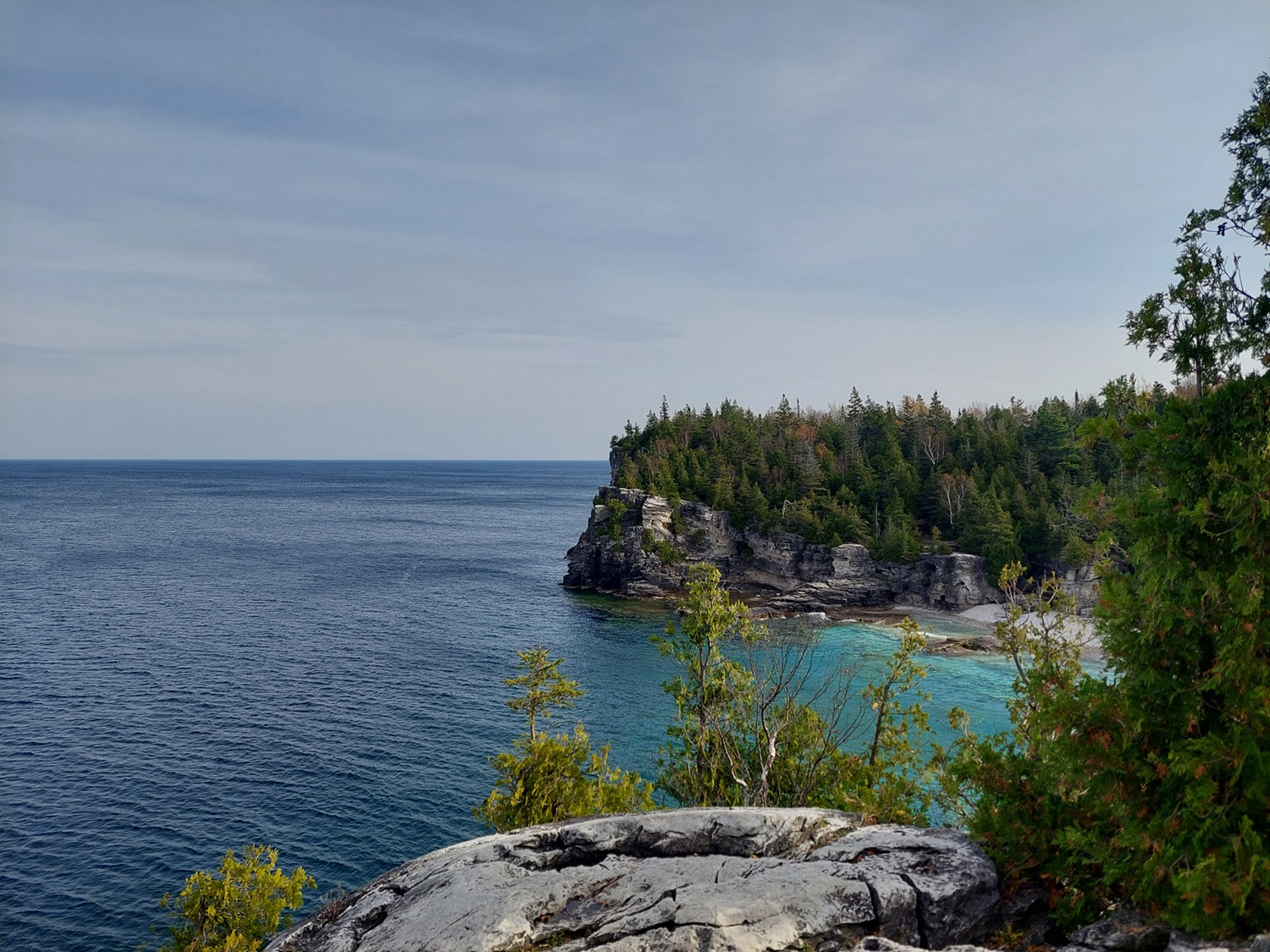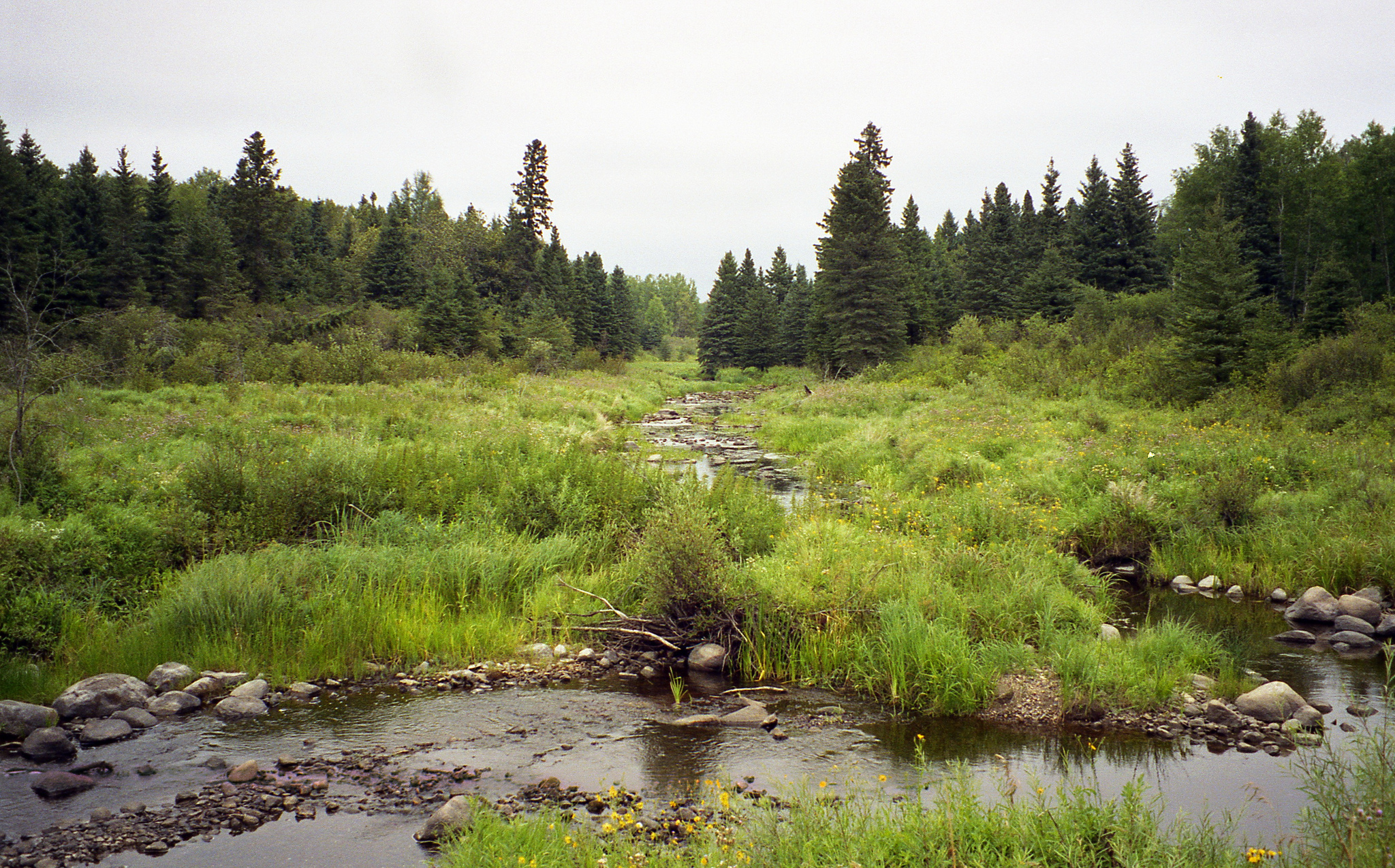Ontario’s Greenbelt, also known as the Greater Golden Horseshoe Greenbelt, is about 800,000 hectares of permanently protected green space and farmland in Ontario. It is one of many prominent greenbelts worldwide, including the British Columbia Agricultural Land Reserve in Canada and greenbelts in Copenhagen, Brazil, London, England and elsewhere. The Greenbelt forms a “belt” around the Greater Golden Horseshoe, Canada’s most densely populated area. The region includes municipalities such as Toronto, Oakville, Pickering, Hamilton, and Mississauga and stretches from Rice Lake in the east to the Niagara River in the west. The Greenbelt was created in 2005 to protect high-quality farmland and environmentally sensitive features like forests, lakes and sensitive species from urban sprawl and development.

History
The roots of the Greenbelt go back to the 1960s and 1970s, as awareness for environmental protection was increasing. A milestone in the Greenbelt’s creation happened in 1973 when the Niagara Escarpment Planning and Development Act was implemented to ensure that any development on the Niagara Escarpment would be compatible with the natural environment. Other turning points occurred in 1990 when the Escarpment was designated a UNESCO World Biosphere Reserve, and in 2001, when 190,000 hectares of the Oak Ridges Moraine, a natural heritage system vital to providing clean water for Ontarians, were also protected by law.
In the 1990s and early 2000s, housing and commercial development rapidly escalated in the Greater Toronto Area and the Golden Horseshoe, where the population had grown by over 1 million people from 1991 to 2001. On 28 February 2005, Ontario Premier Dalton McGuinty signed the Greenbelt Act, 2005, permanently protecting 800,000 hectares of land from sprawl and urban development, including the Niagara Escarpment, Oak Ridges Moraine and over 404,000 hectares of farmland. That same year, the Greenbelt Foundation was founded to actively promote and sustain the Greenbelt’s farming, environmental and tourism assets in everything from education and grant-making to implementing several hundred road signs welcoming visitors into its boundaries.
Impact and Benefits
In addition to being a source of healthy food and clean drinking water and air, the Greenbelt creates many jobs and generates income from farming, tourism, outdoor recreation, wine production and other enterprises. As of 2023, its total economic impact is estimated at $9.6 billion a year while generating over 177,000 full-time jobs.
The farmland of the Greenbelt is some of the most productive in North America. As of 2022, its nearly 5,000 farms produce hundreds of kinds of fruits, vegetables and other foods, including over 80 per cent of Ontario’s acreage in peaches, plums and prunes, apricots, and grapes. It contributes to food security in Ontario, and it also houses Ontario's only specialty crop areas — the Niagara Tender Fruit and Grape Area and the Holland Marsh — whose unique soils and climate conditions allow for commercial crops unavailable elsewhere, including hops, sweet potatoes, specialty fruits like goji berry, and medicinal and culinary herbs.
Additionally, thousands of kilometres of lakes, marked trails and bicycle routes run through the Greenbelt. It also contains multiple scenic locations visited by locals and tourists alike.
As climate change and its effects become a greater threat to human health and the environment, the natural features of the Greenbelt play an active role in lessening its impact on people’s health, well-being and security. These natural features make the Greenbelt and its neighbouring regions more resilient to extreme heat, heavy rain and other hazards. Its water sources provide over 7 million Canadians with fresh, safe and clean drinking water. With about 217,000 hectares of forests, wetlands and grasslands, its trees and plants help filter the air of pollutants like carbon dioxide. Its vegetation and massive tree cover help to lower ambient temperatures. Its wetlands, grasslands, and forests also help prevent flooding by absorbing rainwater and managing stormwater during severe weather.
As of 2023, these ecosystem services alone are valued at over $3 billion a year. The Greenbelt also protects over 70 species at risk (see also Endangered Animals in Canada), from more than 30 kinds of birds like the bobolink and ruffed grouse, to pollinators like bees and butterflies.
The Greenbelt has had a reputation as a global “best practice” in natural heritage and agricultural system protections, specifically due to the strength of its policies and political commitment.
Growth and Pushback
In 2017, the importance of Ontario’s water systems to health and human safety was reinforced when Greenbelt protection was extended by the Ontario government to 28 urban river valleys and coastal wetlands, raising awareness of the importance of securing a “bluebelt.” However, Greater Golden Horseshoe farmland outside the Greenbelt had decreased in the 30 years since 1991 by over 180,000 hectares, the majority going to sprawling housing and commercial development.
The pressure to open up the Greenbelt for housing reached a climax in November 2022. At that time, Ontario Premier Doug Ford and his government announced the removal of about 3,000 hectares of Greenbelt land to build 50,000 new homes. The decision also added about 3,800 hectares of land to the Greenbelt, but much of that land, according to experts, was already safeguarded through previous legislation. Many others, including the government’s own staff, maintained that a shortage of land was not behind the housing crisis. At the same time, independent reports showed that Ontario had enough land within existing urban boundaries to build over 2 million homes without touching the Greenbelt. Premier Ford had previously promised to protect the Greenbelt from housing development.
The public reaction to the move was largely negative; protests were held across the province, and the Greenbelt became a leading news story for many months. The backlash grew when, in August 2023, a report on the process by Ontario’s Auditor General revealed that it favoured a handful of developers who stood to gain billions in land dollar value, that the changes were not required, and that the housing minister’s staff did not consider the impacts and risks of the decision. A further investigation by Ontario’s Integrity Commissioner led to Housing Minister Steve Clark and his chief of staff resigning their positions, shortly followed by the resignation of another high-profile minister, Mississauga East-Cooksville MPP Kaleed Rasheed, and a number of political staff.
On 21 September 2023, Premier Ford publicly apologized for breaking his promise to protect the Greenbelt and cancelled the decision to remove about 3,000 hectares from the Greenbelt. The Royal Canadian Mounted Police (RCMP) announced in October 2023 that they would investigate the secret land deals for any criminal activities.

 Share on Facebook
Share on Facebook Share on X
Share on X Share by Email
Share by Email Share on Google Classroom
Share on Google Classroom











